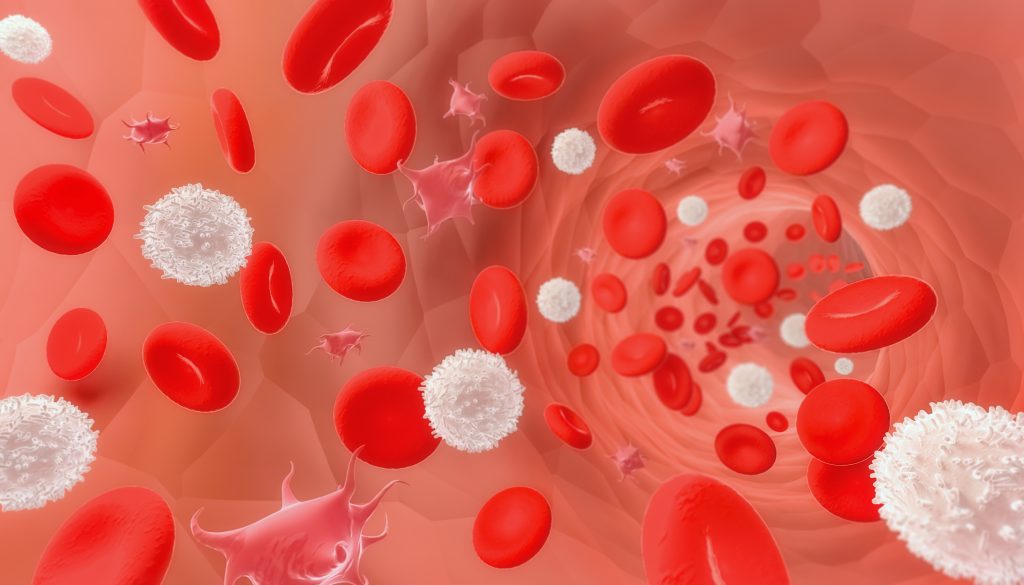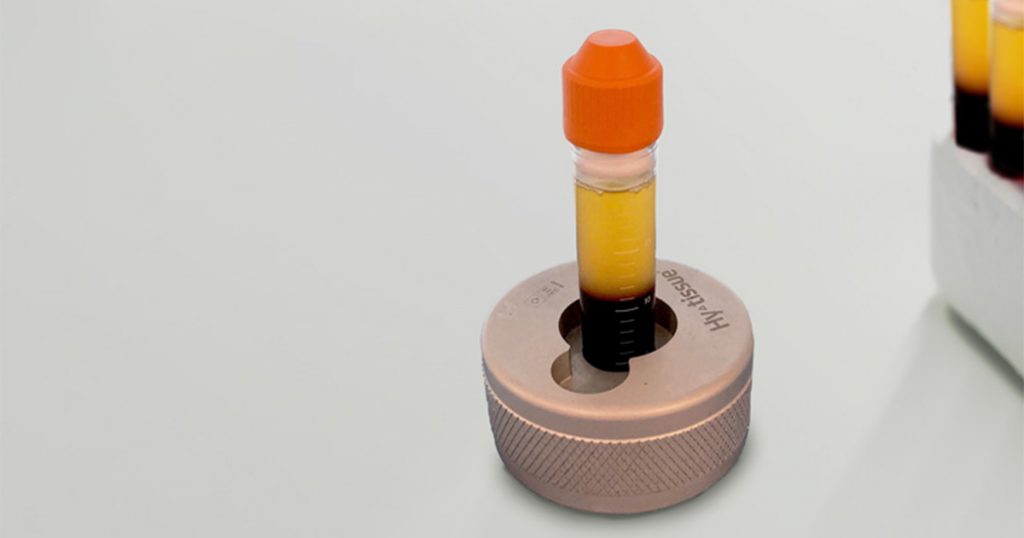Platelet Rich Plasma (PRP) Endometrial
In Vitro Fertilisation treatments consist of medical and biological procedures aimed at facilitating the fertilisation of oocytes in the laboratory by spermatozoa, thus obtaining viable embryos that will be introduced into the mother’s uterus to achieve gestation.
What is the use of Endometrial PRP?
For correct embryo implantation, a good quality endometrium is essential, which can be verified especially by its ultrasound appearance and thickness. There are occasions when, despite various drugs, it is difficult to obtain this endometrium.
For these cases, a new strategy has recently emerged consisting of intrauterine administration with Platelet Rich Plasma, the so-called PRP. This plasma is obtained from the patient, which means that there is no rejection and no side effects according to what has been published to date.
Platelets are cells present in the blood. They are responsible for blood clotting, but have also been shown to be able to produce so-called Platelet Growth Factors, which are necessary for the regeneration of various tissues.

Benefits of using Endometrial PRP
According to several studies, the implantation rate can be optimised by following this strategy. It improves endometrial receptivity and therefore implantation. It has even been proven that, in cases of very thin endometrium, it favours its subsequent thickening and therefore an adequate volume to favour the perfect nidation of the embryo.

How is Endometrial PRP performed?
The PRP sample is prepared relatively quickly and easily. After a blood collection, this sample is centrifuged and finally the fraction richest in platelets is extracted in a totally closed and aseptic process.
This plasma is administered through the vagina with a very fine catheter, similar to the one that will later be used for embryo transfer, and therefore the potential risks are very similar and rarely occur:
• Discomfort with speculum placement
• Difficulty in canalising the cervix
• Uterine infection
It is therefore a novel and very simple technique. The good results obtained support it as a new strategy in certain selected cases of refractory endometrium.
